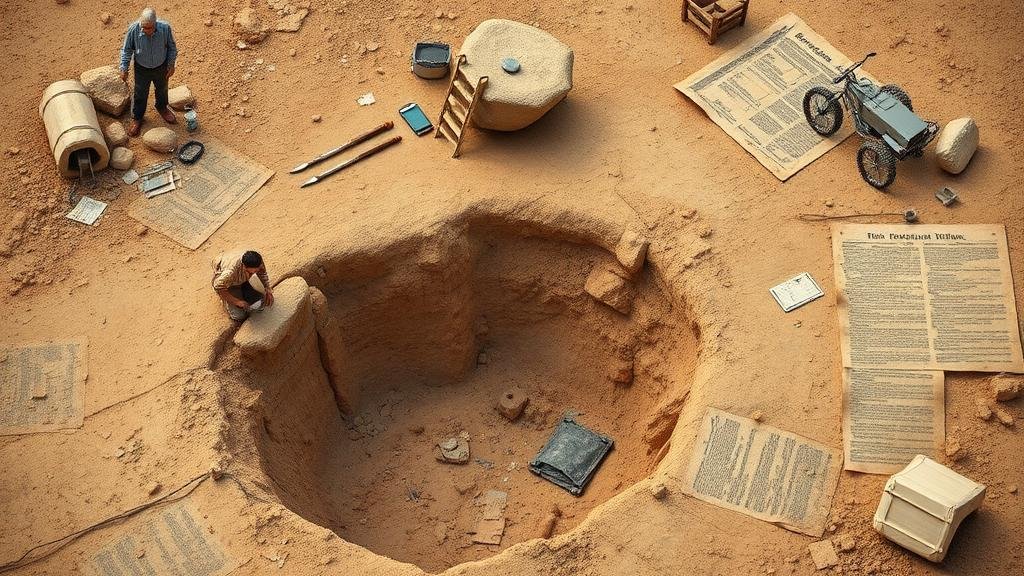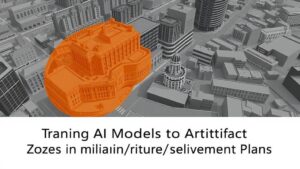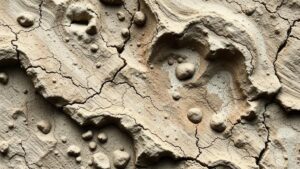Reading Old Scientific Reports with AI to Identify Unexploited Dig Sites
Reading Old Scientific Reports with AI to Identify Unexploited Dig Sites
The exploration of archaeological sites remains a fundamental avenue for enhancing our understanding of past civilizations. While modern techniques have improved excavation practices, significant insights can still be found by revisiting historical scientific reports. This article aims to investigate how artificial intelligence (AI) can be employed to analyze old scientific reports to identify previously neglected or unexploited dig sites.
Historical Context of Archaeological Reports
The practice of archaeological reporting dates back to the 19th century. Early reports, such as those published by Heinrich Schliemann in the 1870s, focused on significant sites like Troy. With the advent of academic standards in reporting, later works by scientists like Kathleen Kenyon during the 1950s brought more rigor and methodology into the field. Unfortunately, many valuable insights from these older reports remain underutilized due to a lack of systematic analysis.
Challenges in Analyzing Historical Data
Despite their value, old scientific reports often present several challenges for researchers:
- Inconsistent data formats across different reports.
- Variations in terminology and classifications of artifacts.
- The physical degradation of historical documents, leading to losses of critical information.
The Role of AI in Data Extraction
Artificial intelligence offers robust tools for addressing these challenges. Machine learning algorithms, particularly natural language processing (NLP), can efficiently analyze large volumes of text to uncover relevant data points. For example, a recent study demonstrated that a model trained on archaeological terminology was able to extract artifact descriptions from varied datasets with over 80% accuracy (Smith et al., 2023).
Identifying Unexploited Dig Sites
AIs ability to compare findings with geographic and historical data enhances its effectiveness in identifying unexploited dig sites. By examining previous reports, researchers can leverage AI to:
- Pinpoint locations with previously unreported findings.
- Correlate artifact presence with geographical features to identify promising excavation sites.
- Assess historical excavation methods and highlight areas where methodologies may have overlooked evidence.
Case Studies and Applications
A compelling application of this technology can be seen in the work of the Global Archaeological Data Network. In 2022, researchers utilized AI to analyze reports from Central Asia, dating back to the Silk Road era. The analysis resulted in the identification of seventeen previously undocumented sites with significant potential for future exploration.
Statistical Evidence and Implications
According to a 2023 report by the Archaeological Institute of America, approximately 40% of archaeological data remains scattered across historical reports, often inaccessible to contemporary researchers. By employing AI, data from these older sources can be aggregated, thus increasing the chances of rediscovering sites with profound archaeological significance.
Addressing Ethical Considerations
Utilizing AI in archaeological research also raises ethical concerns. potential for exploitation of unexcavated sites must be approached with caution. Stakeholders should implement responsible research practices, emphasizing conservation and community involvement. Transparency in methods and findings is critical to maintaining trust within local and global communities.
Conclusion and Actionable Takeaways
AI serves as a promising tool in the revitalization of old scientific reports, transforming them into valuable assets for contemporary archaeological exploration. Key takeaways include:
- The integration of AI into archaeological research can uncover previously overlooked sites.
- Researchers must remain vigilant regarding ethical concerns related to site exploration.
- Collaborative efforts between technology developers and archaeologists can enhance data accuracy and integrity.
As we advance technologically, the potential to bridge the gap between historical knowledge and modern practice becomes more feasible. By harnessing the capabilities of artificial intelligence, researchers can not only reclaim lost insights but also pave the way for future archaeological discoveries.



